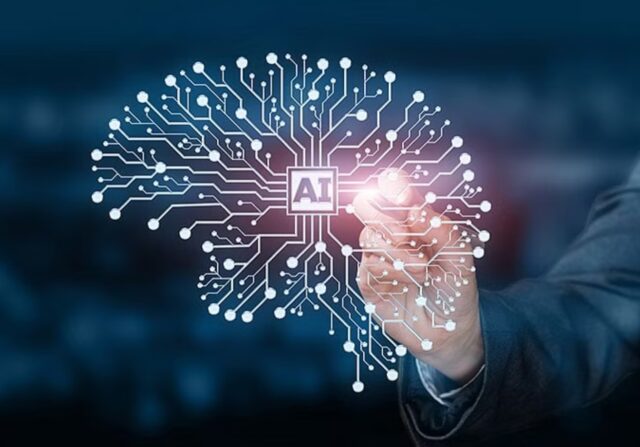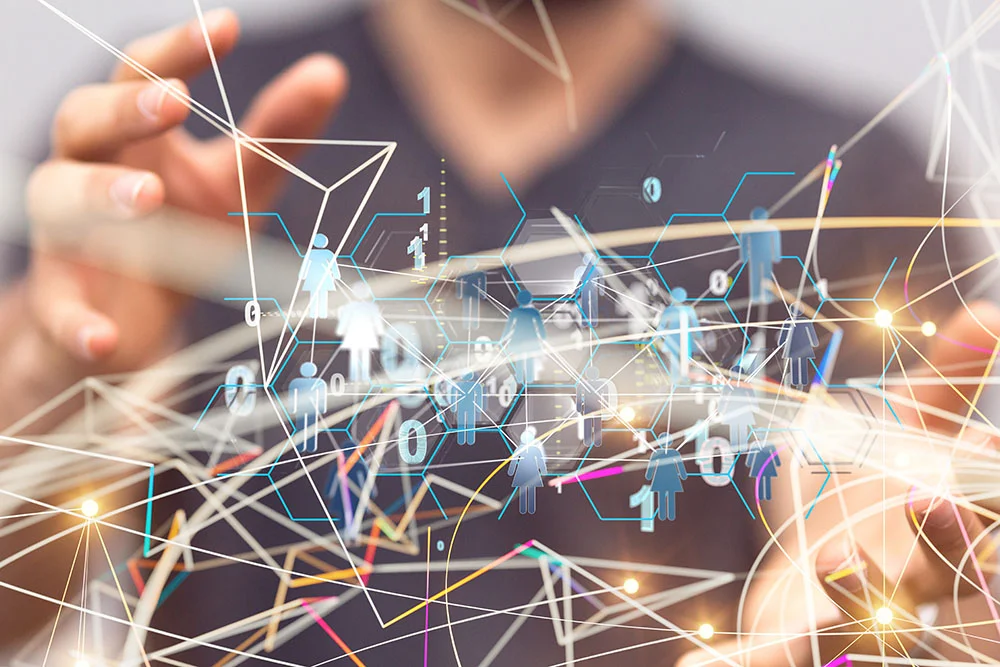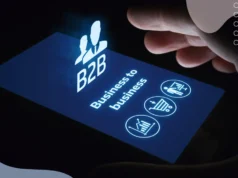
Science and technology are a dynamic duo, responsible for game-changing tools like personal computers and social media. Without science and tech, human populations wouldn’t have advanced so much. Behavioral science and artificial intelligence might be subsets of the combination. But together, they stand to transform the world even further.
Recently, companies have been busy utilizing and fine-tuning the blend of behavioral science and artificial intelligence. If you shop online, stream content, or use a smartphone with apps running in the background, you’ve already witnessed it. So, why couldn’t these same tactics benefit your business? Here are four ways your company can get the most out of them.
1. Improve Recruiting Efforts

Businesses and employees invest a lot in the employer-employee relationship. It takes each side time to find an attractive match, including weeding through job postings and applications. Rounds of interviews and follow-up efforts only drag out the process. When a candidate accepts an offer, it feels like the hard work is already behind you.
But after the offer comes the weeks of training and months of getting their feet wet. After all this time, it can be a real letdown when a new hire doesn’t work out. The person you thought would fit the job well isn’t cutting it. Or, perhaps they decide the role isn’t for them and resign shortly after training. Your business never gets its investment back while the person possibly exits on a poor note.
This is where performance analytics can help prevent these all-too-common scenarios. Most leaders know who their top performers are. However, they might not be able to pinpoint what makes these employees exceed performance expectations.
Behavioral science and artificial intelligence can fix that. HR can improve its efforts by identifying what traits and habits make someone an excellent worker in a particular role. The next hire will be a better fit, eliminating wasted time and boosting each side’s return on their investment.
2. Recognize Cyberthreats

Who hasn’t been on the tail end of a data breach nowadays? It’s become common to receive the dreaded notice that your information has been exposed. Simultaneously, cybersecurity has become a challenge for businesses.
Since 2020, fraud cases have increased by 70%, and cybercriminals have made the United States their prime target. About 46% of global cyberattacks are directed toward those in the States. For cybercriminals, organizations are like gold mines because of the mass amount of data they can get their hands on. Mobile networks, IoT devices, and vendor-managed software make defending sensitive information against cybercrime even more challenging.
There aren’t enough people to keep tabs on everything 24/7. Plus, coordinating cybersecurity efforts with vendors and outside network providers isn’t always seamless. Automated tools backed by behavioral science and artificial intelligence can fill the gaps. These programs can detect cyberattacks and threats based on patterns, helping organizations shut them down.
Artificial intelligence can also identify the source of threats, making it easier for cybersecurity teams to prevent future attacks. Behavioral, pattern-based data raises red flags humans might miss. And automated tools extend the reach and capabilities of internal employees who may have too many tasks to juggle.
3. Personalize Customer Experiences

It’s getting harder to capture customers’ attention. Information overload means audiences are tuning out and dismissing generic advertising. For many businesses, the problem extends to meeting clients’ expectations. Today’s customer wants more, including personalization.
Consumer research shows 80% of consumers are interested in buying when retailers provide personalized experiences. Delivering personalization in an age where customers search and shop online is nearly impossible without the right tools. You can’t always pick up the phone, send a hand-written message, or canvas the neighborhood.
Instead, your business needs artificial intelligence and behavioral science to lead the way. These tools identify opportunities to strengthen customer relationships based on specific behaviors. Say your company is a credit union. You offer the financial basics, including checking and savings accounts. Based on customers’ banking habits, artificial intelligence programs recognize clients who might be ready for an upgrade.
They keep high enough balances to qualify for higher-interest savings accounts and CDs. The programs use customer data to send personalized offers via email and direct mailers. Artificial intelligence can also integrate with an app to send notifications when these customers are near a branch. With the help of technology, your business can reach customers with messages that resonate and boost sales.
4. Eliminate Data Silos

Leaders make decisions based on available data. Often, it’s the information right in front of them. However, the data could be anecdotal and isolated. In companies, it’s not unusual for departments to rely on information others don’t see. Data silos can form, leading to decisions without desired results.
Algorithms driven by artificial intelligence have the power to break down data silos. By integrating and monitoring information across databases, these algorithms make data more accessible. Essentially, artificial intelligence democratizes data so leaders can make better decisions. Algorithms can even automate lower-level decision-making, analyzing and identifying variables likely to lead to specific outcomes.
Commission structures for sales employees are an example. It’s one variable influencing productivity and revenue. Artificial intelligence and behavioral science tools might indicate changes to commission structures impact staff’s conversations with leads. Perhaps a lack of consistency in the structure leads to conversations that turn prospects away. Targeting the most influential variable helps the company avoid fruitless efforts on less significant factors.
The Business Case for Behavioral Science and AI
Combining behavioral science insights with the capabilities of artificial intelligence can help businesses create competitive advantages. As science and technology evolve, companies with cutting-edge tools will get ahead. The key is to use behavioral science and artificial intelligence to improve how leaders meet modern-day challenges.









